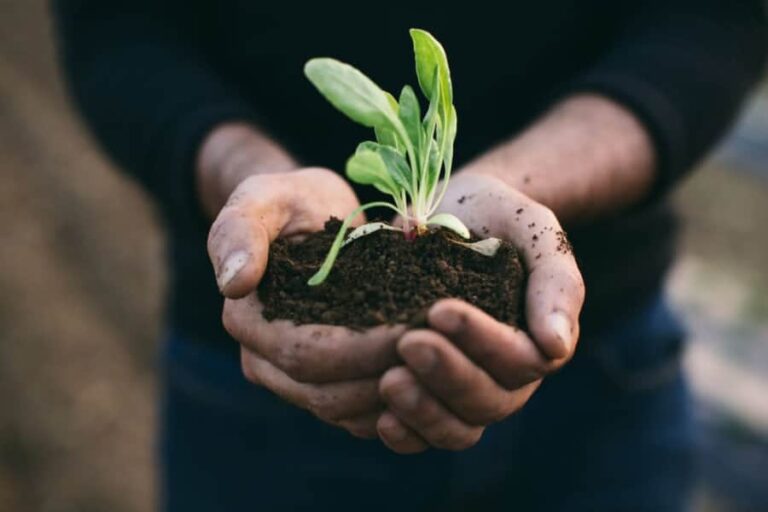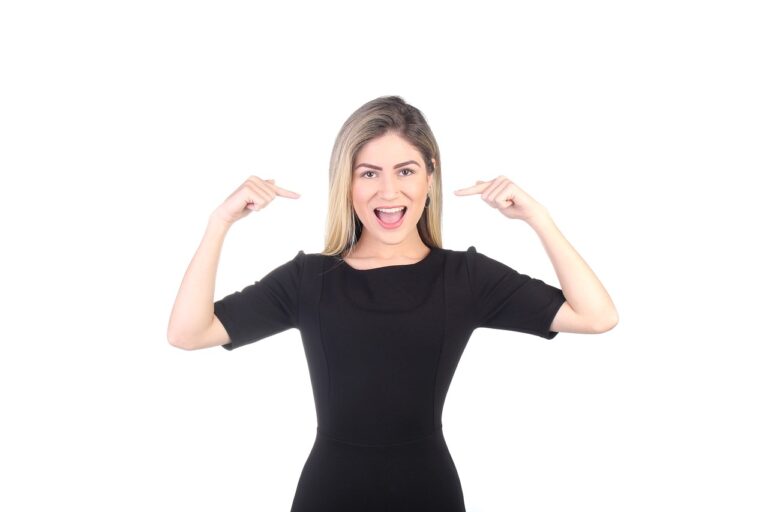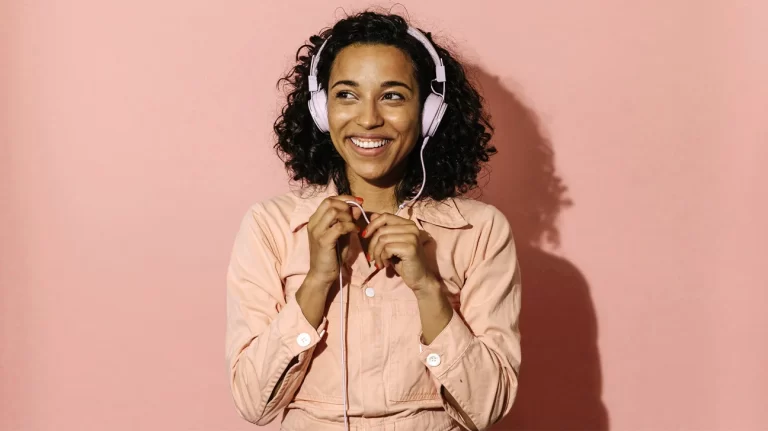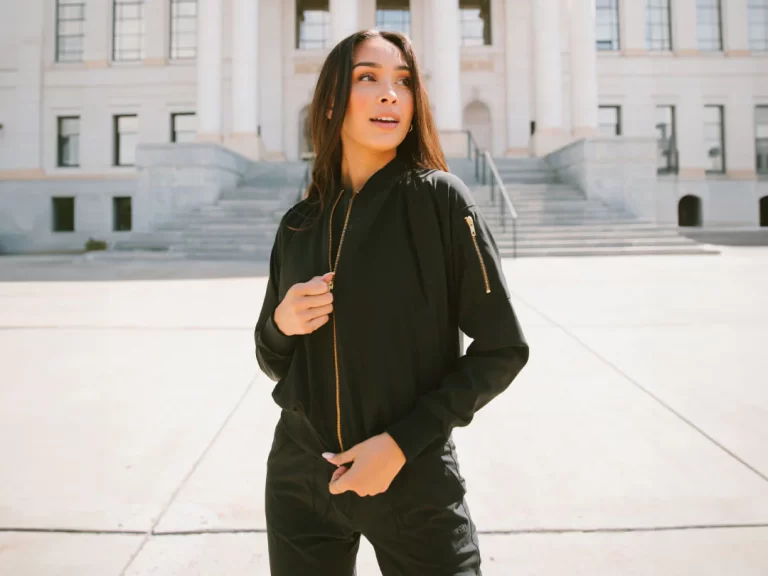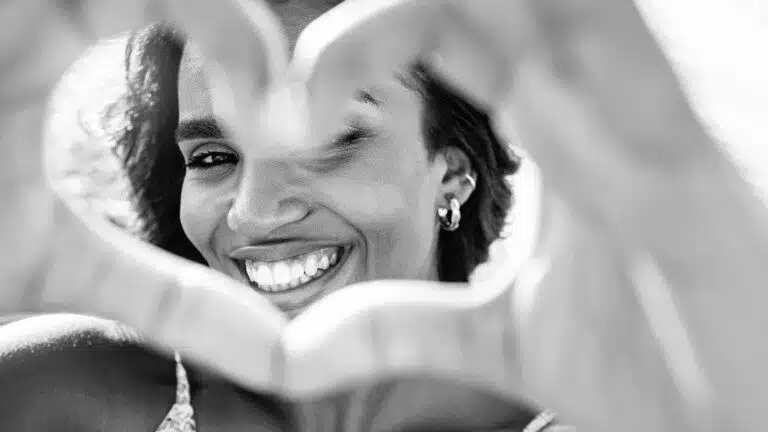The Minimalist Lifestyle: Simplify Your Life for Maximum Happiness
In today’s fast-paced world, many people feel overwhelmed by the clutter—both physical and mental—that accumulates in their lives. The minimalist lifestyle offers a refreshing alternative by encouraging individuals to focus on what truly matters.
By decluttering your surroundings and simplifying your routines, you can create space for happiness, creativity, and personal growth. In this article, we’ll explore how embracing minimalism can transform your life, along with practical tips to get started.
What is Minimalism?
Minimalism is more than just an aesthetic trend or the act of getting rid of possessions; it’s a mindset and a lifestyle choice. At its core, minimalism is about:
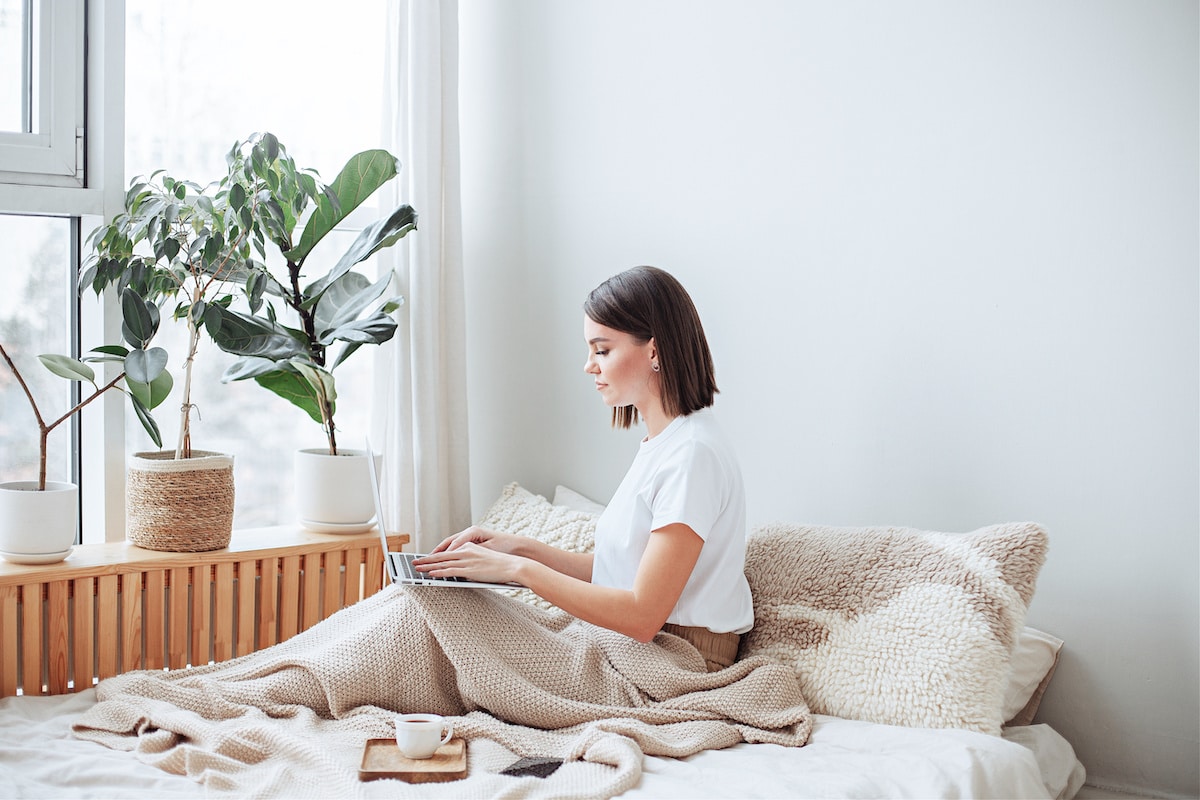
- Intentional Living: Prioritizing what adds value to your life and removing distractions.
- Quality Over Quantity: Choosing fewer, better-quality items or experiences.
- Sustainability: Reducing waste and living in harmony with the environment.
By adopting these principles, you can focus on the things that truly matter, such as relationships, health, and personal goals.
Benefits of a Minimalist Lifestyle
1. Improved Mental Clarity
Living in a cluttered environment often leads to stress and anxiety. Studies have shown that organized spaces can boost mental clarity and productivity. When you reduce the number of items around you, it’s easier to focus on tasks and maintain a peaceful mindset.
2. Financial Freedom
Minimalism encourages mindful spending. By buying only what you need, you’ll save money and avoid accumulating debt. Over time, this approach can lead to significant financial stability.
3. Enhanced Relationships
A minimalist lifestyle shifts your focus from material possessions to experiences and connections. This means more quality time spent with loved ones and less time worrying about acquiring or maintaining things.
4. Environmental Impact
By consuming less, you reduce your carbon footprint. Minimalism aligns with sustainable practices, such as recycling, buying second-hand, or investing in durable goods.
How to Start Your Minimalist Journey
Decluttering Your Space
- Start Small: Tackle one area at a time, such as a drawer or a single closet.
- Use the “Keep, Donate, Toss” Method: Sort items into these three categories to simplify decision-making.
- Follow the One-Year Rule: If you haven’t used an item in the past year, it’s likely you don’t need it.
Simplifying Your Schedule
- Learn to Say No: Prioritize commitments that align with your values.
- Block Out Time: Dedicate specific times for rest, creativity, and relationships.
- Limit Digital Clutter: Organize your emails, unsubscribe from unnecessary newsletters, and declutter your phone apps.
Adopting Mindful Consumption
- Shop with a Purpose: Before purchasing, ask yourself if the item adds genuine value to your life.
- Embrace Multipurpose Items: Opt for products that serve multiple functions to reduce overall consumption.
- Consider Experiences Over Things: Spend on travel, learning, or quality time rather than material goods.
Minimalism and Mental Health
The Science Behind Minimalism
Research suggests that decluttering and simplifying your environment can lower cortisol levels, the hormone associated with stress. Furthermore, a minimalist lifestyle fosters mindfulness, as it encourages living in the present and appreciating what you have.
Practical Tips for Mental Well-being
- Journaling: Reflect on what brings joy and fulfillment in your life.
- Meditation: Create a calm, clutter-free space to practice mindfulness.
- Gratitude Practice: Focus on the positives in your life to cultivate a content mindset.
Common Misconceptions About Minimalism
“You Have to Get Rid of Everything”
Minimalism doesn’t mean living with bare essentials. It’s about identifying what is essential to you. For some, this might mean keeping a collection of books or art that brings joy.
“It’s Only for the Wealthy”
While some associate minimalism with expensive, designer spaces, the lifestyle is actually about consuming less. Minimalism is accessible to anyone, regardless of income level.
“It’s Time-Consuming”
Though the initial decluttering process may take effort, the long-term benefits of a simpler life save time and reduce stress.
Minimalism in Practice: Real-Life Examples
- Digital Minimalism: Reducing screen time, limiting social media use, and organizing digital files.
- Capsule Wardrobes: Building a functional wardrobe with versatile pieces that match easily.
- Tiny Living: Downsizing to smaller homes or apartments to simplify maintenance and costs.
Conclusion
Adopting a minimalist lifestyle is not about deprivation; it’s about creating a life filled with purpose and joy. By simplifying your environment and focusing on what truly matters, you can experience greater happiness, improved well-being, and more meaningful connections.
Start small, stay consistent, and enjoy the journey toward a more intentional life. For more inspiration and practical tips, explore other resources on our website!
